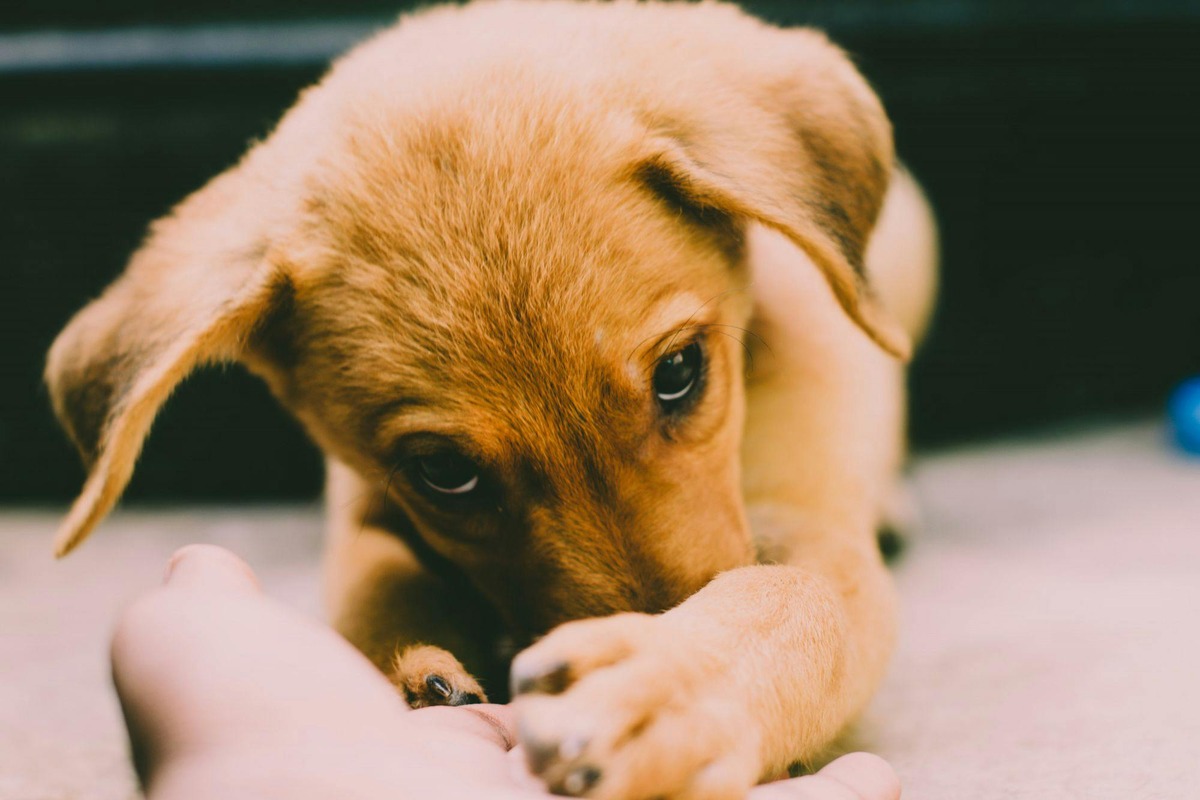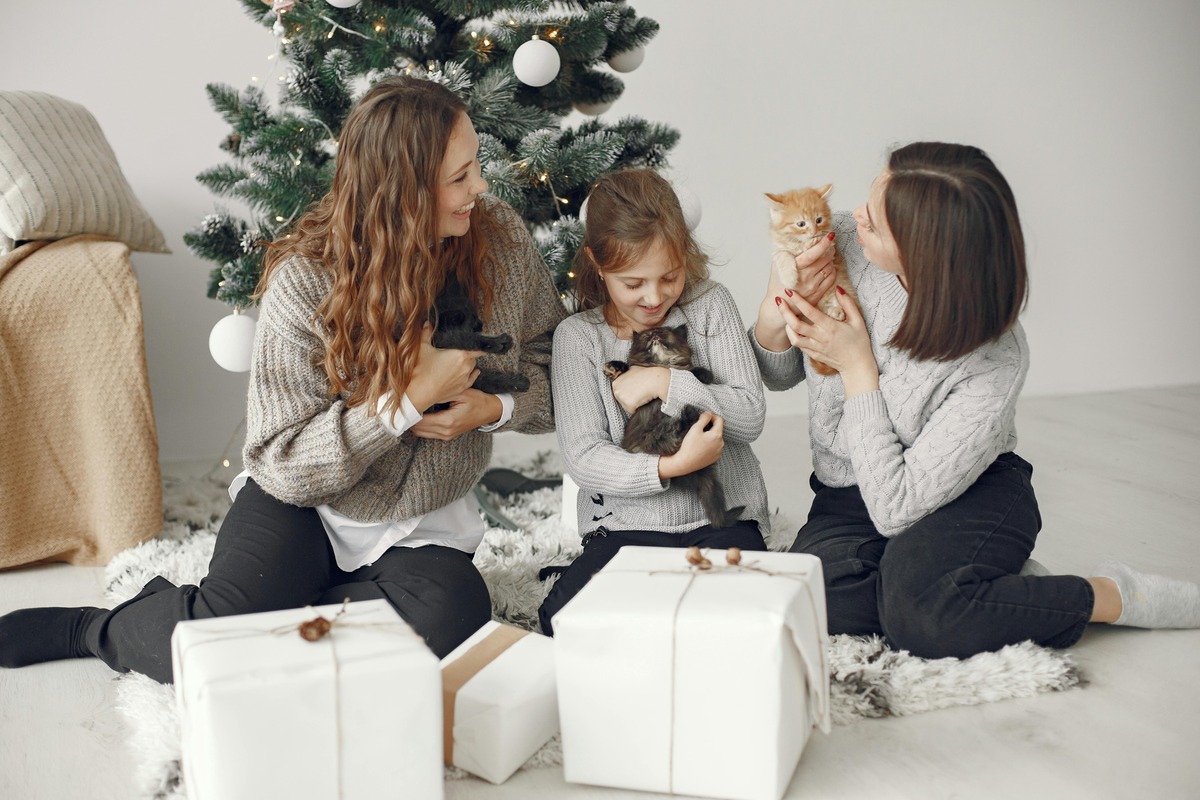
How to Safely Introduce a New Pet to Your Home
Bringing a new pet into your home is an exciting and rewarding experience, but it can also be challenging. Whether you’re introducing a new dog, cat, or other pet into a household with existing animals, a proper introduction is crucial to prevent stress, anxiety, and territorial behaviour.
A rushed introduction can lead to aggression, fear, and long-term behavioural issues, so following a gradual and structured approach ensures a smooth transition. This guide covers the best techniques for introducing a new pet to your home, ensuring a stress-free and harmonious environment for all animals involved.
Pro Tip: The key to a smooth pet introduction is patience. Always start with scent exchange before face-to-face meetings. Rushing the process can create long-term tension and stress between pets.
Quick Guide:
- Prepare a Safe Space – Set up a quiet area with food, water, and bedding for your new pet.
- Use Scent Familiarisation – Swap bedding or toys between pets before introducing them.
- Introduce Through Barriers – Use a baby gate or cracked door for initial visual meetings.
- Supervised Face-to-Face Meetings – Keep meetings short and positive with treats and praise.
- Monitor Body Language – Look for signs of relaxation and curiosity rather than fear or aggression.
- Be Patient – Allow pets to adjust at their own pace without forcing interactions.
Important Tip: Never leave new pets unsupervised together until they show consistent positive behaviour. Slow and controlled introductions help build trust and prevent long-term behavioural issues.
Preparing for a New Pet

Before bringing your new pet home, take the following steps to ensure a safe and comfortable transition:
1. Create a Designated Safe Space
Setting up a dedicated area for your new pet is essential. This space will serve as their sanctuary as they adjust to their new surroundings.
- Choose a quiet room where they can retreat without interference.
- Provide a comfortable bed, fresh water, and necessary supplies.
- Allow them to explore at their own pace without immediate exposure to other pets.
2. Gather Essential Supplies
Ensure you have everything needed for a smooth transition, including:
- Food and water bowls
- Proper bedding and litter boxes (for cats)
- Toys and mental stimulation activities
- Leashes, collars, and ID tags
- Scratching posts or chew toys
3. Research Species-Specific Introductions
Each species has its own behavioural traits and social structures. Research the best approach for introducing your specific pets to avoid unnecessary conflict.
4. Consider Your Current Pet’s Personality
Understanding your existing pet’s temperament will help you tailor the introduction process. A territorial or anxious pet may require a more extended adjustment period.
Introducing a New Dog to Your Home
Dogs are territorial by nature, so bringing a new dog home requires patience and structured introductions.
1. Initial Separation
Before allowing direct interaction, keep the new dog separate for a few days.
- Use baby gates or separate rooms to prevent immediate confrontations.
- Allow both dogs to sniff each other’s bedding or toys to get used to each other’s scent.
- Feed them on opposite sides of a door to create positive associations.
- Play calming music or use pheromone diffusers to reduce stress.
2. First Meeting on Neutral Ground
- Choose a neutral location like a park or outdoor space.
- Keep both dogs on leashes and allow them to observe each other from a safe distance.
- Look for positive body language (relaxed tails, wagging, and sniffing) before moving closer.
- If tension arises, separate and try again later.
3. Supervised Home Introduction
- Keep the first home meeting short and supervised.
- Use positive reinforcement (treats and praise) when both dogs remain calm.
- Watch for warning signs like growling, stiff posture, or avoidance.
- Gradually increase interaction time over several days.
- Ensure supervised joint playtime to build familiarity.
4. Managing Resources and Space
- Feed dogs separately to prevent food aggression.
- Provide individual beds and toys to reduce territorial disputes.
- Give each dog personal attention to prevent jealousy.
- Rotate favourite toys to minimise competition.
Introducing a New Cat to Your Home
Cats are highly territorial and may take longer to adjust to new companions. A slow and structured introduction is key.
1. Create a Safe Room
- Keep the new cat in a separate quiet room with food, water, a litter box, and toys.
- Allow the resident cat to smell under the door but not see the newcomer yet.
- Provide hiding spots to help them feel secure.
2. Scent Exchange
- Swap bedding or use a soft cloth to rub both cats to mix their scents.
- Place the cloth near their food to create positive associations.
- Let them explore each other’s areas separately before meeting face-to-face.
- Gradually integrate familiar scents throughout the house.
3. Visual Introduction Through Barriers
- Use a baby gate, cracked door, or pet carrier to allow visual contact.
- Look for curiosity and calm body language (slow blinking, relaxed tails).
- If reducing pet aggression (hissing, swatting) doesn’t happen, go back to scent exchange before reintroducing.
4. Supervised Face-to-Face Interaction
- After several days of scent exchange, allow short, supervised meetings.
- Keep interactions positive with treats, toys, or meals together.
- If tension arises, separate them and repeat scent familiarisation before trying again.
- Encourage play sessions with wand toys to create positive shared experiences.
Introducing a Dog and Cat

Dogs and cats have different communication styles. So, dog and cat introductions are crucial.
1. Controlled First Meeting
- Keep the dog on a leash and let the cat approach at their own pace.
- Never force interactions—cats need to feel in control.
- Watch for chasing, excessive barking, or fearful reactions.
2. Safe Spaces for the Cat
- Provide high perches or escape routes where the cat can retreat.
- Use baby gates or crates for controlled interactions.
- Encourage positive moments by feeding both pets on opposite sides of a barrier.
3. Positive Reinforcement
- Reward calm behaviour with treats and praise.
- Allow supervised, gradual interactions until both are comfortable.
- Encourage parallel play, such as having the dog play with a toy while the cat observes.
Signs of a Successful Introduction
- Curiosity rather than aggression: Sniffing and observing without tension.
- Relaxed body language: No hissing, growling, or stiff postures.
- Positive interactions: Playing, eating near each other, or resting together.
- No guarding behaviours: No resource aggression over food, beds, or toys.
- Reduced stress signals: No excessive hiding or avoidance.
Common Mistakes to Avoid
- Rushing the Process: Skipping scent exchange or barrier introductions can lead to conflict.
- Ignoring Warning Signs: Growling, hissing, stiff posture, or avoidance indicate stress.
- Forcing Interactions: Allow pets to progress at their own pace.
- Neglecting Individual Attention: Ensure all pets receive love and care to avoid jealousy.
- Failing to Supervise Early Interactions: Always monitor meetings until they show consistent positive behaviour.
- Not maintaining routine: Consistency in feeding and playtime can help reduce stress.
FAQs
1. How long does it take for pets to adjust to a new home?
The adjustment period varies based on the pet’s personality, past experiences, and species. Some pets may feel comfortable within a few days, while others may take weeks or even months to fully settle in.
2. What should I do if my existing pet is aggressive towards the new pet?
If aggression occurs, separate the pets immediately and slow down the introduction process. Use scent exchanges, controlled meetings, and positive reinforcement. If aggression persists, consult a professional trainer or behaviourist.
3. How can I prevent jealousy between my pets?
Ensure all pets receive equal attention, playtime, and treats. Avoid favouring one pet over the other and provide separate spaces for food, sleeping, and toys to prevent resource guarding.
4. Is it better to introduce a new pet gradually or all at once?
Gradual introductions are best. Sudden introductions can cause stress and territorial disputes. Take time to let pets adjust to each other’s scents and presence before allowing direct interactions.
5. How do I know if my pets are getting along?
Signs of a successful introduction include relaxed body language, curiosity without aggression, and positive interactions such as playing, eating near each other, or resting in the same room. If pets avoid or display aggression, they need more time.
Bring a New Pet to Your Home
Introducing a new pet to your home requires patience, gradual exposure, and positive reinforcement. Whether you’re bringing in a new dog, cat, or small pet, following these steps will ensure a smooth and stress-free transition for your new and existing pets.
Every pet is different, so allow them to adjust at their own pace. With time and careful management, your furry family members can form strong, positive relationships and live happily together.